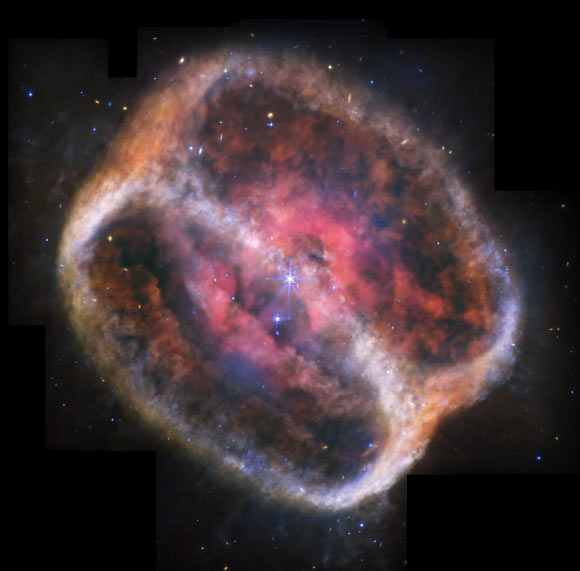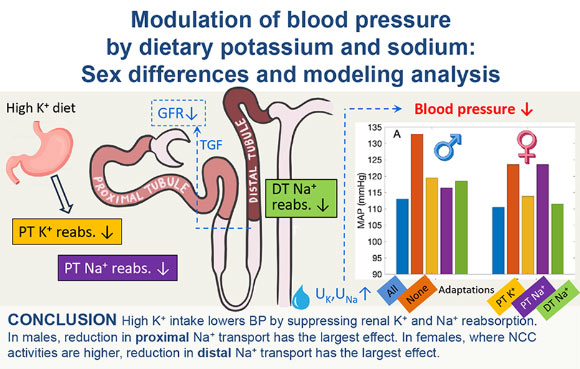Now Reading: Webb Telescope Reveals Stunning Detail in NGC 1514 Nebula
-
01
Webb Telescope Reveals Stunning Detail in NGC 1514 Nebula
Webb Telescope Reveals Stunning Detail in NGC 1514 Nebula

Rapid Summary:
- Object Details: NGC 1514, also known as the Crystal Ball Nebula, is a planetary nebula located approximately 1,500 light-years away in the constellation Taurus. It was discovered by William Herschel in 1790.
- Central Stars: Two stars at its center appear as one due to thier tight nine-year elongated orbit, surrounded by an orange dust arc. The primary star exhausted its outer layers and became a white dwarf.
- Formation history: The nebula has been evolving for over 4,000 years and will continue changing for millennia.
- Structural observations:
– Webb Space Telescope revealed NGC 1514’s shape resembles an hourglass with pinched regions forming slight V-shapes within orange dust clouds. Unevenly illuminated rings further define its structure.- Semi-transparent orange clouds between rings contribute to the nebula’s body while clumpy pink oxygen appears at bubble edges.- Very small dust grains heated by ultraviolet light from the white dwarf form key components of the rings.
- Scientific Insights: Interaction between the central stars led to unique ring formations rather of producing a sphere.
!Image: Webb image showing planetary nebula NGC 1514
Indian Opinion Analysis:
The detailed study of NGC 1514 using advanced instruments like NASA’s James Webb Space Telescope provides valuable insights into celestial dynamics and planetary nebular formations.This type of astrophysical observation is critical for developing scientific understanding that can influence wider fields such as cosmology or stellar evolution theory.
For India-a growing nation with ambitions in space exploration-the findings underscore how international collaboration in science (e.g., NASA/ESA missions) leads to groundbreaking discoveries far beyond Earth. India’s own investments in astronomy could benefit from adopting similar cutting-edge resources or methodologies to enhance national research outputs on cosmic phenomena.Additionally, this reiterates why governments must prioritize space-based initiatives for global knowledge contribution.




























